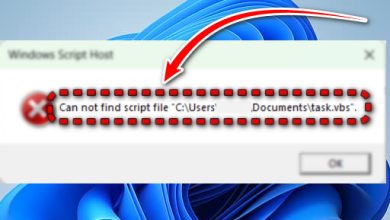Fix: Settings App Not Opening or Closing Immediately
The Windows Settings app may fail to open or close immediately when its Immersive Control Panel package or related components become damaged. This typically happens due to corrupted system files, invalid app registration, or damaged user profile data. It can also occur if group policies or registry entries restrict access, or if files inside C:\Windows\ImmersiveControlPanel are missing.
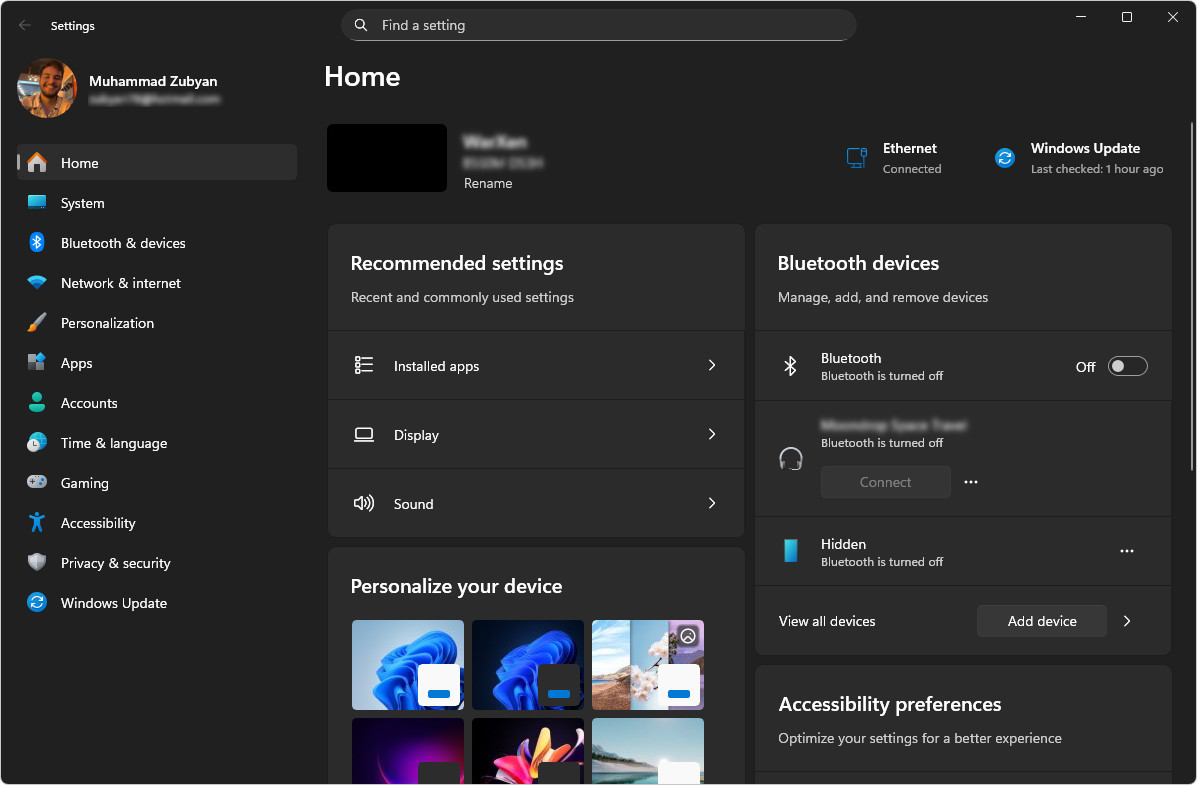
This issue often arises after using third-party debloat or tweaking scripts, disabling built-in apps, or modifying service startup behavior and permissions to improve performance or privacy. In some cases, the Settings app won’t open at all, while in others, it launches briefly before closing unexpectedly.
1. Sign Out and Back Into Windows
Note: This is not the same as restarting your computer. Please follow these steps carefully, this simple action has resolved the issue for many users without changing any system settings.
Signing out forces Windows to close all user-level sessions, refresh Microsoft Account tokens, and reset app permission containers. This can restore the Settings app when its access tokens or session context become invalid. A standard restart often doesn’t fix this because of Fast Startup and cached user sessions.
- Press Ctrl + Alt + Del and select Sign out.
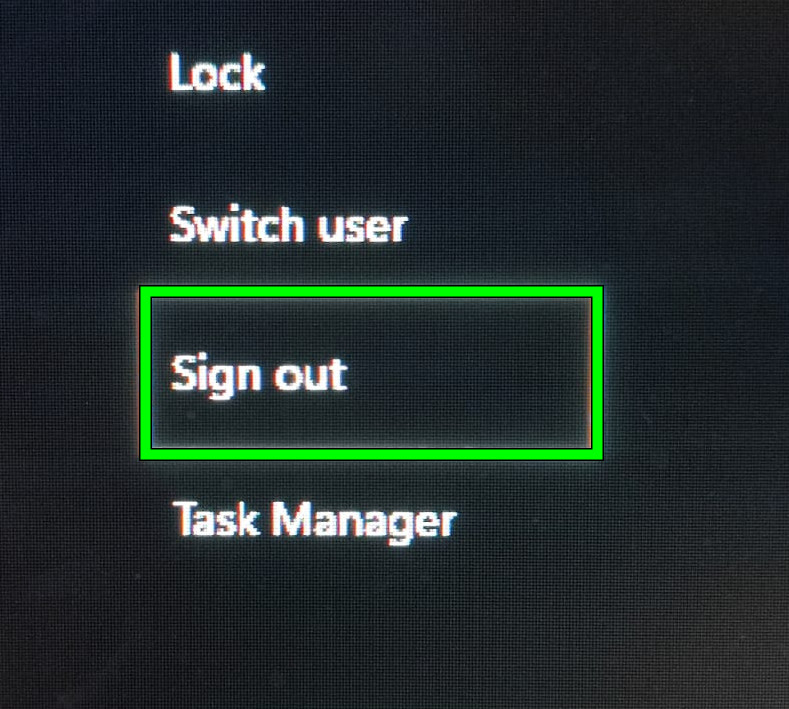
- Once the sign-in screen appears, log back into your account.
- After the desktop loads, open Settings to confirm it launches properly.
2. Use PowerShell to Install Windows Updates
This method installs Windows updates directly through PowerShell, bypassing the broken Settings interface. It connects your system to Microsoft’s official Windows Update service using the PSWindowsUpdate module, performing the same operations handled by the standard Update panel. This ensures your PC still receives security patches and hotfixes that may fix the Settings app or related components.
- Press Win + X and select Windows Terminal (Admin) or PowerShell (Admin).
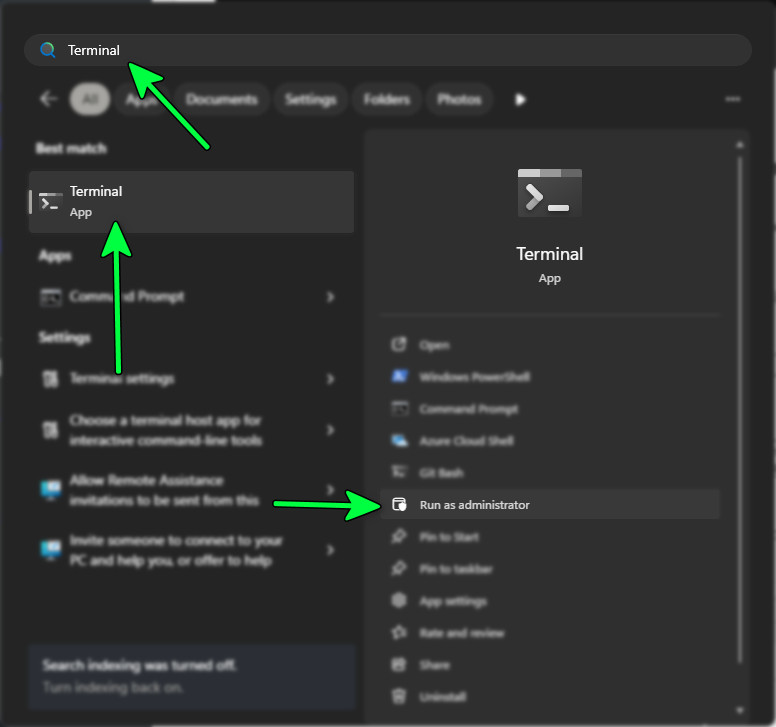
- Run the following command to install the update module:
Install-Module PSWindowsUpdate
If prompted, press Y or A to confirm installation and repository trust.
- Check for available updates:
Get-WindowsUpdate
- Install all pending updates:
Install-WindowsUpdate
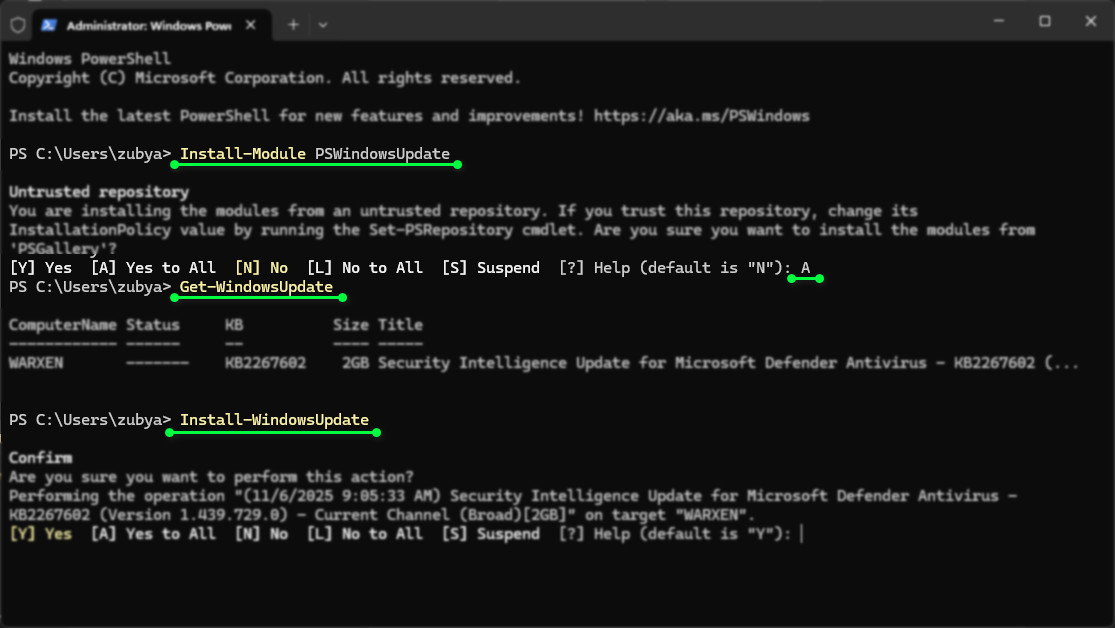
- After installation completes, reboot your PC when prompted.
3. Repair System Files with SFC and DISM
Running SFC (System File Checker) and DISM (Deployment Image Servicing and Management) repairs damaged Windows components that the Settings app depends on. This restores the essential files and dependencies required for the Immersive Control Panel to function properly.
- Open Command Prompt as Administrator.
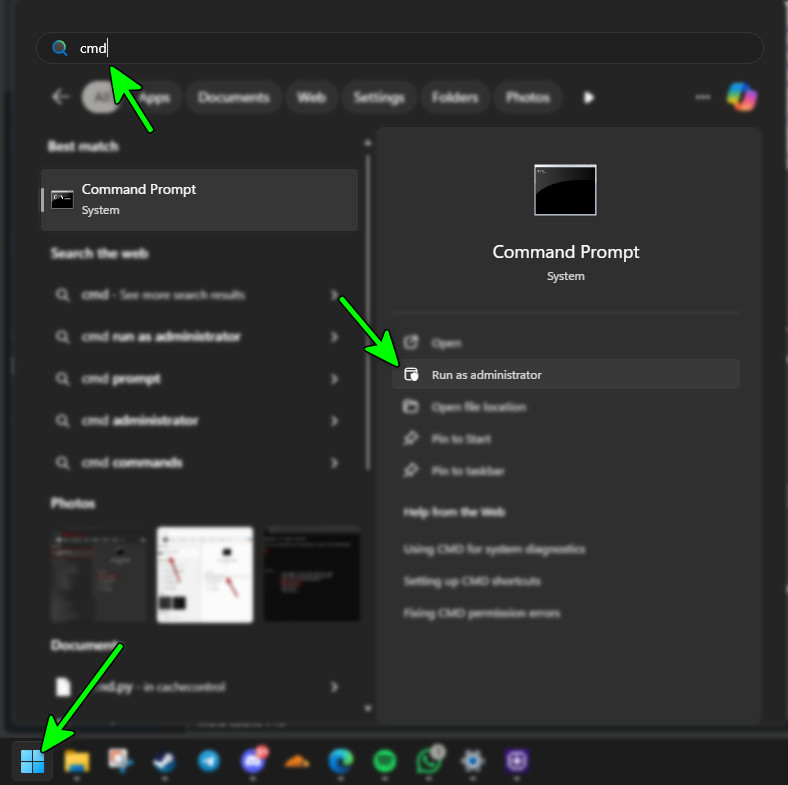
- Type these commands one by one, pressing Enter after each:
DISM /Online /Cleanup-Image /RestoreHealth sfc /scannow

- Once the scan reaches 100%, restart your PC and try opening Settings again.
4. Re-register or Reset the Settings App via PowerShell
If the Immersive Control Panel package becomes unlinked or corrupted, Windows cannot start it. Re-registering through PowerShell rebuilds its manifest entries and resets all related permissions, often restoring functionality instantly.
- Right-click the Start button and select Windows PowerShell (Admin) or Terminal (Admin).
- Copy and paste this command, then press Enter:
Get-AppxPackage *windows.immersivecontrolpanel* | Reset-AppxPackage
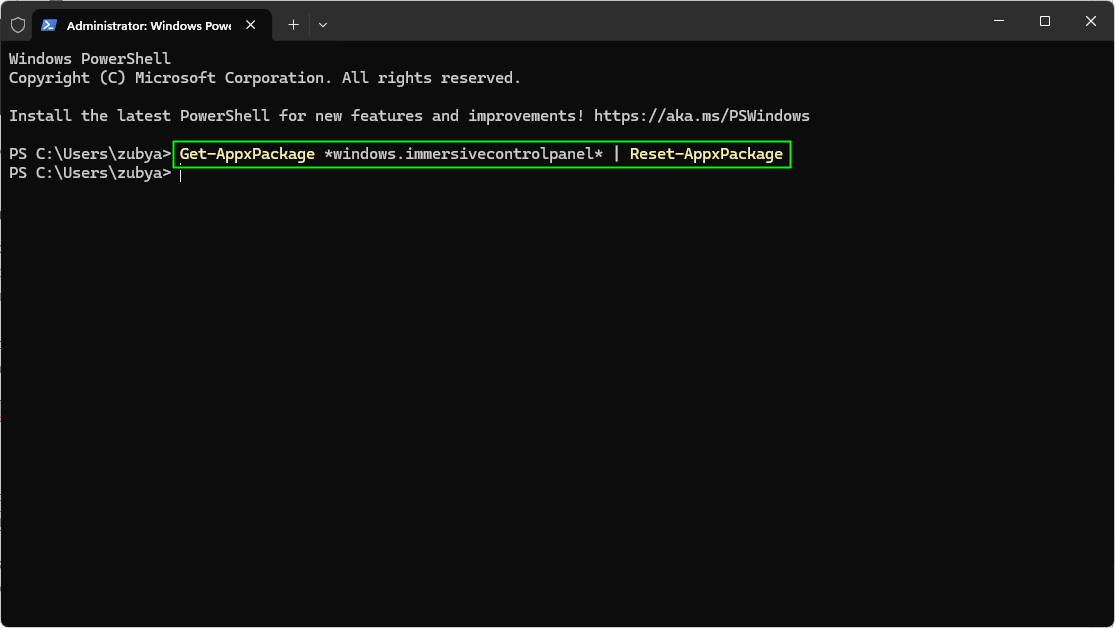
If the above command fails, re-register all system apps:
Get-AppXPackage -AllUsers | Foreach {Add-AppxPackage -DisableDevelopmentMode -Register "$($_.InstallLocation)\AppXManifest.xml"} 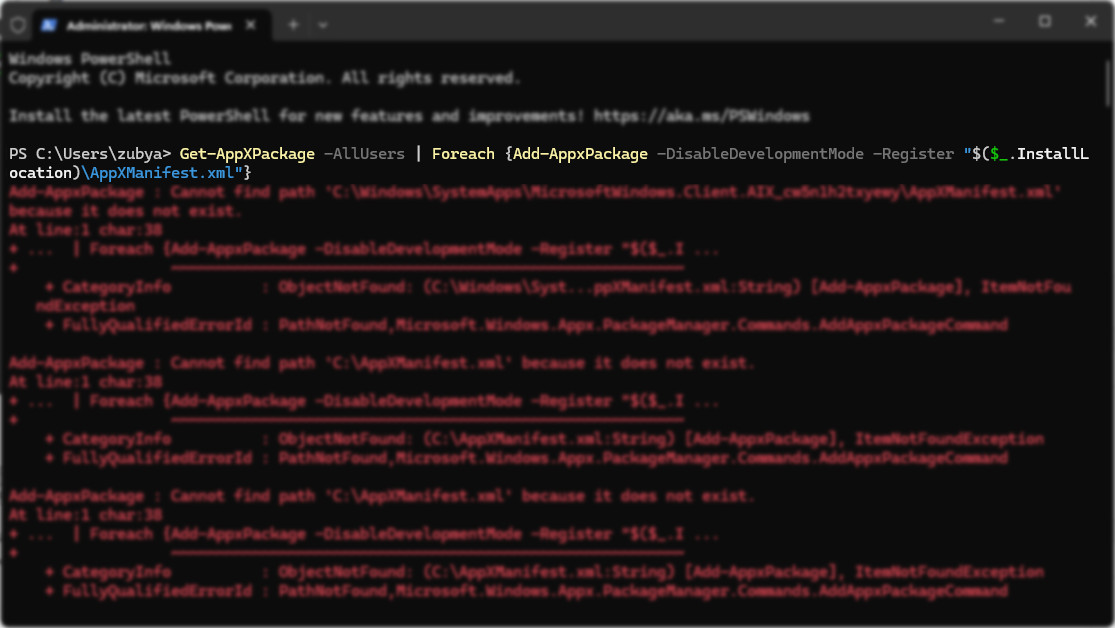
- Wait for the process to finish (it may take several minutes). Ignore failed error messages.
- After completion, restart Windows and verify that Settings opens correctly.
5. Ensure “Capability Access Manager Service” (camsvc) is Enabled
The camsvc service manages permission requests for Windows apps. If it’s disabled, modern apps including Settings cannot verify or request access to required components and may close immediately. Enabling this service restores proper permission handling.
- Press Win + R, type services.msc, and press Enter.
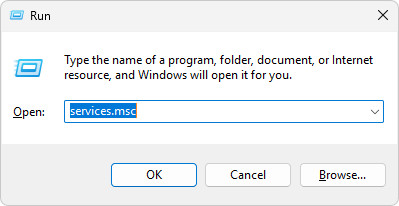
- Locate Capability Access Manager Service (Service name:
camsvc). - Right-click it and select Properties.
- Set Startup type to Automatic.
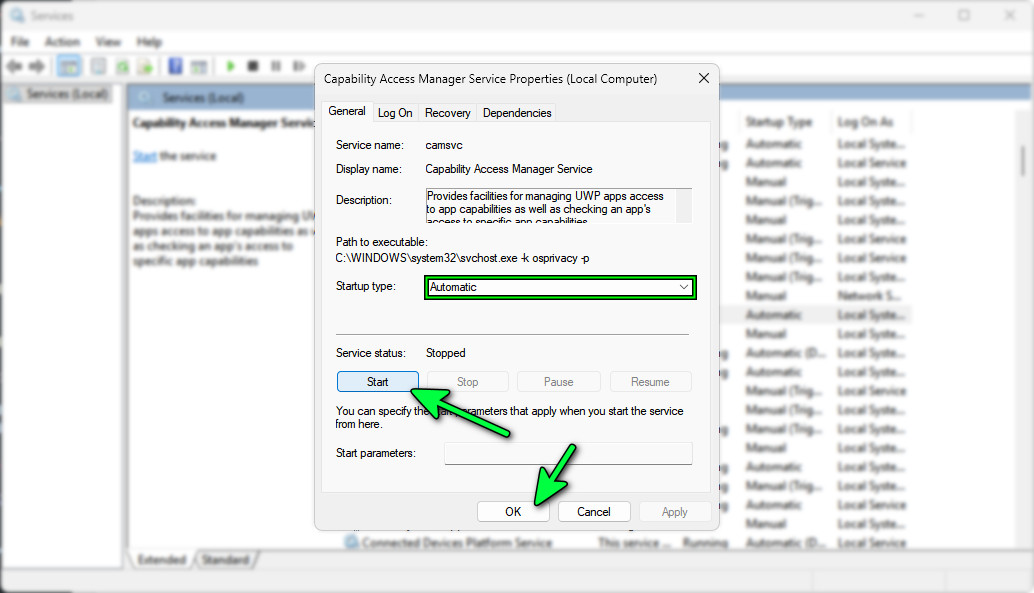
- Click Start if the service is stopped, then select Apply and OK.
- Restart Windows and try opening Settings again.
6. Force Windows to Regenerate the Immersive Control Panel Folder
This method forces Windows to rebuild the Immersive Control Panel package that hosts the Settings interface. By renaming its folder and running SFC /scannow, Windows detects the missing directory and restores it with fresh system files.
- Open Command Prompt as Administrator.

- Run these commands one by one:
cd C:\Windows rename ImmersiveControlPanel ImmersiveControlPanel.old sfc /scannow

- Wait for the scan to complete, SFC will rebuild the folder automatically.
- Restart Windows and test if Settings now opens correctly.
7. Perform an In-Place Repair Upgrade of Windows
An in-place repair upgrade replaces all core Windows components while keeping your personal files, apps, and settings intact. This is highly effective when the Immersive Control Panel or UWP framework are severely damaged beyond SFC or DISM repair. It refreshes the system using a clean image and restores essential registry entries and dependencies required for Settings to function properly.
- Download the latest Windows 11 ISO from the official Microsoft website.
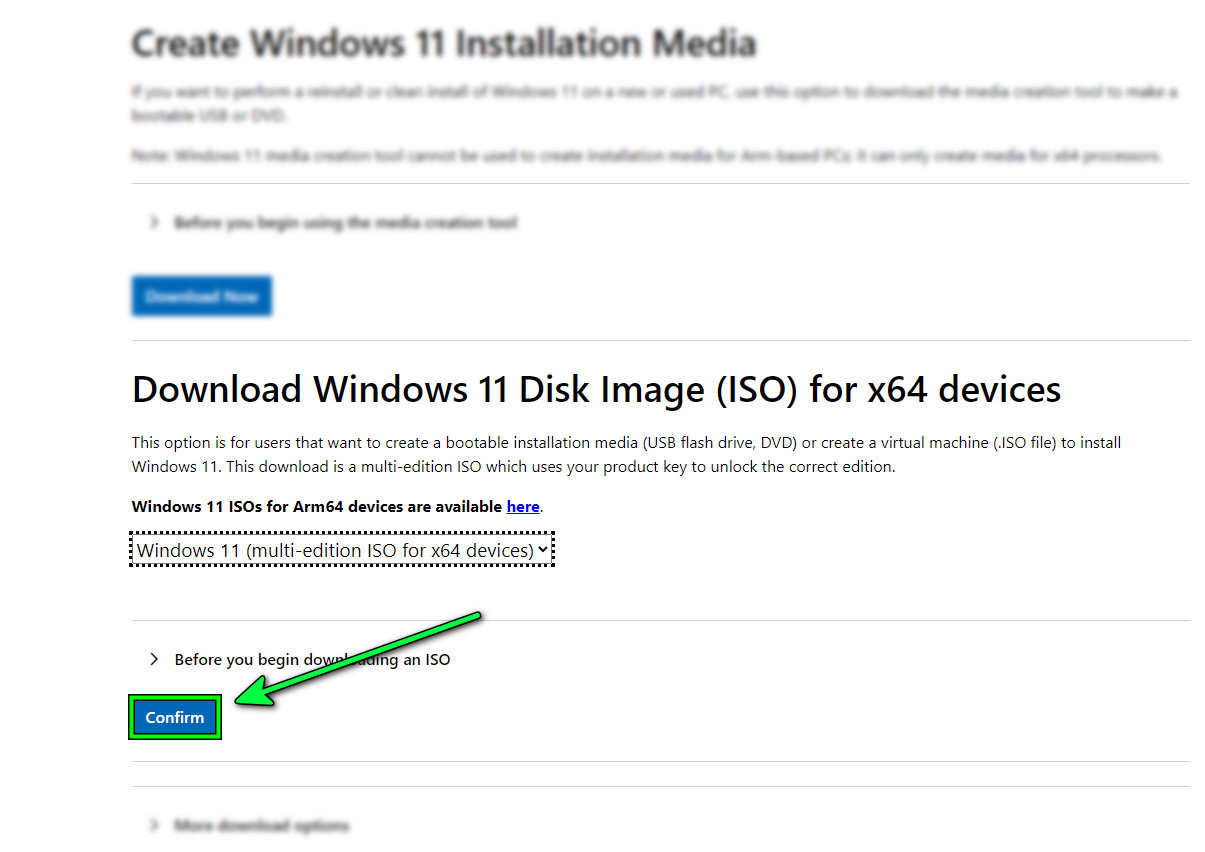
- Right-click the ISO file and select Mount to open it as a virtual drive.

- Inside the mounted drive, double-click Setup.exe to launch the installer.
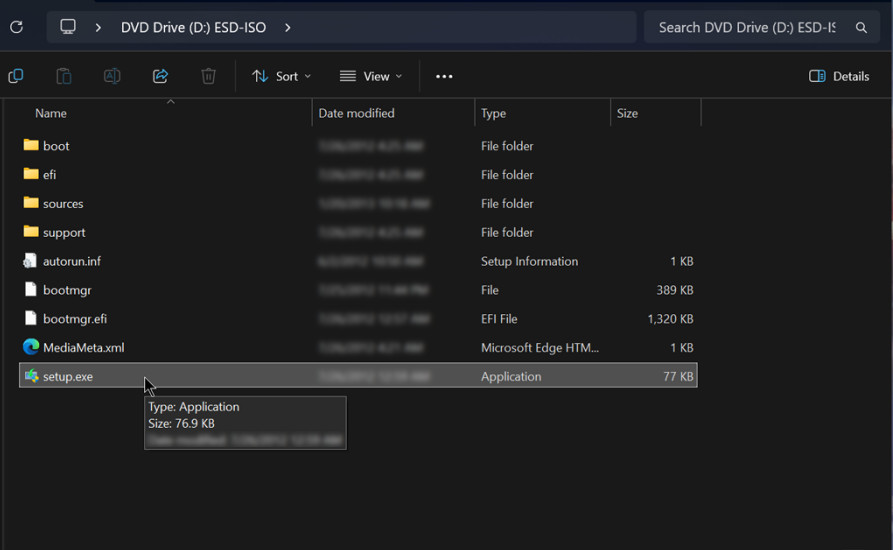
- When prompted, choose Keep personal files and apps to retain your existing data.
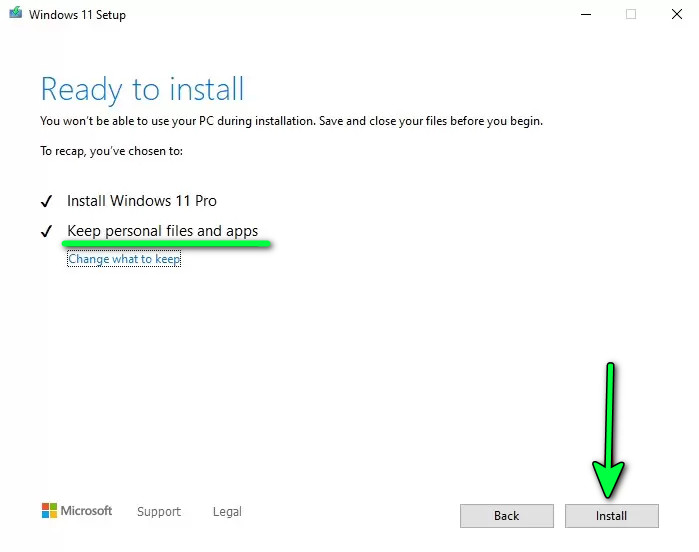
- Follow the on-screen instructions and let Windows complete the repair installation.
- After completion, restart your PC and verify that Settings launches correctly.

